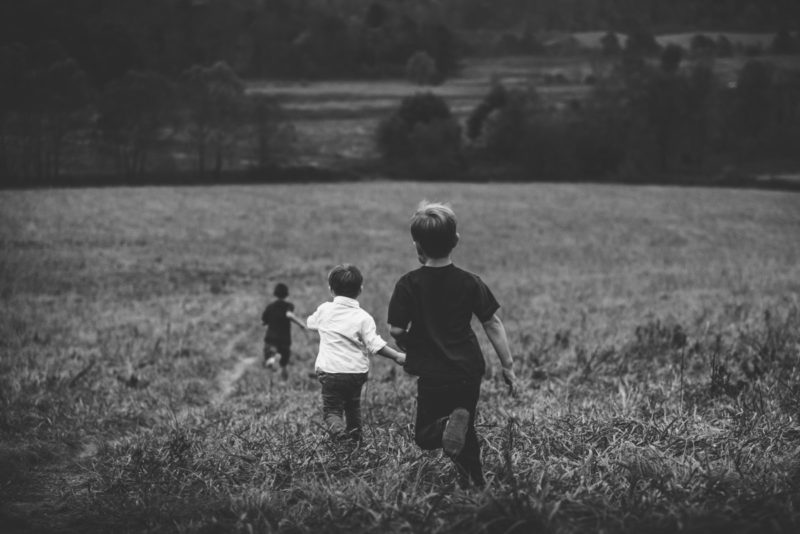While walking along a country road three children ran towards me, calling out “Madame! Madame!” They were talking at the same time, excited, agitated. I could make out the French words for “animal, dead, skeleton, buried” jumbled together. They asked me if I wanted to see what they had found. It was an offer I couldn’t refuse.
We walked up a path to the scene. The four of us stood around a hole. In the hole was the decomposing head of an animal, whose body was buried. There was a boy about 9, a girl about 7 and a boy about 5, probably siblings. They asked me what I thought it was. I said that maybe it was a cat, careful to use the conditional tense in French. The girl wondered if it was a fouine who got stuck.[1] The older. boy, who was poking the head with a stick, said he was quite sure it was a cat. He concluded that it had the form of a cat’s skull, and he pointed out the ears, and some of the fur that remained.
The animal named, the question was, how it got there? The girl wondered if it had been buried alive. I said probably not. The possible story we came up with was that the cat had died, its owner had buried it there, and an animal, perhaps a dog, smelling something in the earth had dug around it, exposing the head.
Once we had a plausible story, after a moment of silence while looking once more into the hole, the children said cheerfully “merci madame” and ran off to continue their game of hide and seek.
The children did not ask me for help. They asked if I wanted to see the disturbing and enigmatic object. They interrogated my desire to see and to know, an ethical question. The only answer I could give was yes.
My adult – grandmotherly – gaze and presence helped them to name the macabre object and to create a story, thus allowing for a certain homeostasis to return. It was striking that the girl came up with gruesome suppositions, while the older boy adopted a scientific means of coming to a conclusion. The younger boy was attentive, listening to the suggestions of the elders, following the movement. Veiling the horror of this “thing” allowed them to continue their play.
I don’t know if each of them will be satisfied with our story. Perhaps frightful aspects will surge up in dreams or in waking life. Or perhaps the older boy will decide to become a biologist. Who knows what might be the echoes, if any, for each one of this contingent encounter.
[1] A fouine is a small, carnivorous, nocturnal animal with a bad reputation.. (stone marten) The verb fouiner is used to nose around indiscreetly into someone else’s affairs.

